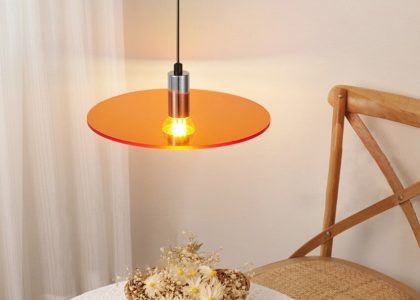Introduction
When it comes to hotel interior design, the goal is to create a memorable experience for guests while providing them with a sense of comfort and relaxation. A well-designed hotel interior can set the tone for a guest’s entire stay and can even motivate them to return in the future.
The Importance of Hotel Interior Design
Hotel interior design is important for a number of reasons. Firstly, it creates an environment that guests want to spend time in. Secondly, it can establish a hotel’s brand identity and help it stand out in a competitive market. Finally, it can improve a guest’s overall experience and encourage them to leave positive reviews and recommend the hotel to others.
Factors to Consider in Hotel Interior Design
There are a number of factors that hotel designers need to consider when creating an interior design scheme. These factors include the hotel’s location, target market, budget, and brand identity. For example, a hotel located in a trendy, urban area might want to opt for a modern and edgy design scheme, while a hotel located in a coastal town might incorporate elements that reflect the beach and ocean.
Designing for Comfort and Functionality
While aesthetics are important, hotel interior design must also prioritize comfort and functionality. Furniture and fixtures should be comfortable and durable, and rooms should be designed with guest needs in mind. For example, designers should think about the placement of outlets, lighting sources, and the use of space to provide guests with a functional and efficient environment.
Examples of Memorable Hotel Interiors
There are many hotels around the world that have created memorable interiors that guests love. Here are a few examples:
1. The Ritz-Carlton, Kyoto
The Ritz-Carlton in Kyoto, Japan features traditional Japanese design principles with a modern twist. The hotel uses natural materials such as stone and wood, and incorporates local art and textiles to create an immersive experience for guests.
2. Ace Hotel, New Orleans
The Ace Hotel in New Orleans is known for its eclectic design that reflects the city’s unique mix of cultures and styles. The hotel features vintage furniture, local artwork, and a rooftop pool that offers stunning views of the city.
3. The Hoxton, Paris
The Hoxton in Paris is a modern hotel that incorporates classic Parisian elements such as polished brass fixtures and antique mirrors. The hotel also features a cozy, inviting lobby area that encourages guests to relax and socialize.
Conclusion
Hotel interior design is a crucial part of creating a successful hotel experience. By prioritizing comfort, functionality, and aesthetics, designers can create spaces that guests will love and remember. When done correctly, hotel interior design can be a powerful tool for establishing brand identity, attracting new guests, and keeping them coming back for more.


